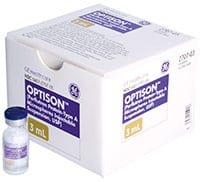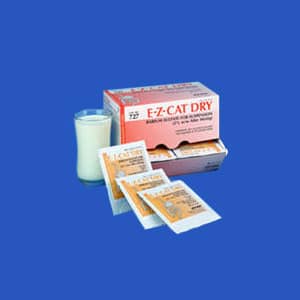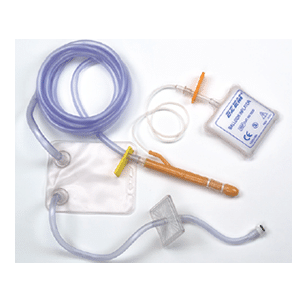Description
GE Healthcare
DESCRIPTION
OPTISON™ (Perflutren Protein-Type A Microspheres Injectable Suspension, USP) is a sterile non-pyrogenic suspension of microspheres of human serum albumin with perflutren for contrast enhancement during the indicated ultrasound imaging procedures. The vial contains a clear liquid lower layer and a white upper layer that, after resuspension by gentle mixing, provides a homogeneous, opaque, milky-white suspension for intravenous
injection.
Perflutren is chemically characterized as 1,1,1,2,2,3,3,3-perflutren with a molecular weight of 188, an empirical formula of C3F8 and it has the following structural formula: Each mL of OPTISON contains 5.0-8.0×108 protein-type A microspheres, 10 mg Albumin Human, USP, 0.22 ± 0.11 mg/mL perflutren, 0.2 mg N-acetyltryptophan, and 0.12 mg caprylic acid in 0.9% aqueous sodium chloride. The headspace of the vial is filled with perflutren gas. The pH is adjusted to 6.4-7.4. The protein in the microsphere shell makes up approximately 5-7% (w/w) of the total protein in the liquid. The microsphere particle size
parameters are listed in Table 1.
Table 1:
Microsphere Particle Size Parameters
Mean diameter (range) 3.0-4.5µm (max. 32.0µm)
Percent less than 10µm 95%
CLINICAL PHARMACOLOGY
General
The OPTISON microspheres create an echogenic contrast effect in the blood.
Pharmacokinetics
Studies in humans have evaluated the pharmacokinetics of the perflutren component of the OPTISON microspheres. After injection of OPTISON, diffusion of the perflutren gas out of the microspheres is limited by the low partition coefficient of the gas in blood that contributes to the persistence of the microspheres. The diffusion rate has not been studied.
In an anesthetized dog model, the acoustic properties of OPTISON were established at 0.6 mechanical index and 2.5 MHz frequency.
Neither the pharmacokinetics of the intact microspheres or of the human albumin component have been evaluated in humans.
Metabolism
Perflutren is a stable gasthat is not metabolized. The human albumin component of the microsphere is expected to be handled by the normal metabolic routes for human albumin.
Perflutren Elimination
Following a single intravenous dose of 20 mL OPTISON to 10 healthy volunteers(5 men and 5 women), most of the perflutren was eliminated through the lungs within 10 minutes. The recovery was 96% ± 23% (mean ± SD), and the pulmonary elimination half-life was 1.3 ± 0.69 minutes (mean ± SD). The perflutren concentration in expired air peaked approximately 30-40 seconds after administration.
Perflutren Protein Binding
The binding of perflutren to plasma proteins or its partitioning into blood cells have not been studied. However, perflutren protein binding is expected to be minimal due to the low partition coefficient of the gas in blood.
Special Populations
The pharmacokinetics of OPTISON have not been studied in patients with hepatic or respiratory diseases.
Gender, Age, Race
The effects of gender, age, or race on the pharmacokinetics of OPTISON have not been studied.
Drug-Drug Interactions
Drug-drug interactions for OPTISON have not been studied.
Pediatrics
The pharmacokinetics of OPTISON in pediatric patients have not been studied.
Pharmocodynamics
The general acoustic properties of OPTISON are similar to those of ALBUNEX®. The acoustic impedance of the OPTISON microspheresis much lower than that of the blood. Therefore, impinging ultrasound waves are scattered and reflected at the microsphere-blood interface and ultimately may be visualized in the ultrasound image. At the frequencies used in adult echocardiography (2-5 MHz), the microspheres resonate which further increases the extent of ultrasound scattering and reflection. As assessed by the unblinded investigators in clinical studies, the median duration of OPTISON contrast enhancement for each of the four doses of OPTISON (0.2, 0.5, 3.0, and 5.0 mL) were approximately one, two, four, and five minutes, respectively (see CLINICAL TRIALS section).




